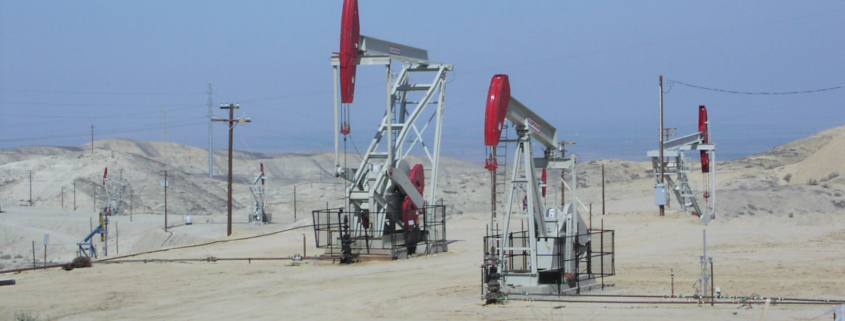California Supports “Foreign” Big Oil
California is home to the largest crude oil reserves in America, but the States’ choice to not drill for that oil requires in-state manufacturers to “export” billions of dollars annually to oil rich foreign countries to import their oil to meet the state’s energy demands.
The subject of energy for the world’s fifth-largest economy is about finding a workable, sustainable balance across equally important concerns for our economy, our shared sense of social equality, our impact on the environment, and a truly sustainable energy future.
The state’s daily need to support its 145 airports (inclusive of 33 military, 10 major, and more than 100 general aviation) is 13 million gallons a day of aviation fuels. In addition, for the 35 million registered vehicles of which 90 percent are NOT EV’s are consuming DAILY: 10 million gallons a day of diesel and 42 million gallons a day of gasoline.
The USA is now a net exporter of crude oil, with crude oil exports exceeding imports. This oil boom coming from Texas, North Dakota, Pennsylvania, Oklahoma, and Colorado, is beneficial to 49 states, but not to California. The insurmountable condition of no pipelines over the Sierra Nevada Mountains results in California having no easy access to the over- supply of USA crude oil east of the Sierra Nevada Mountains. The American shale boom has important security implications as well, as America is now less dependent on crude oil from the turbulent Middle East, again, except for California.
California is an “energy island” to roughly 40 million citizens, bordered between the Pacific Ocean and the Arizona/Nevada Stateline with no pipelines over the Sierra Nevada Mountains. To access the oil shale boom from the rest of the country for California, that oil must to go through the Panama Canal to reach California ports. There are other options of crude oil by trucks, or by railroads, but both have been overwhelmingly ruled out environmentally.
Additionally, the crude oil is needed in California to support the other “stuff” of chemicals and by-products from crude oil that are the basis of 6,000 products from petroleum that are part of every infrastructure and virtually everything in our daily and leisurely lifestyles.
Many in California are working hard to produce hydrocarbon energy efficiently, reliably, and safely, and many others are working hard to develop alternative energy sources that will efficiently, reliably, and safely produce carbon neutral energy, but despite those appreciative efforts, our energy needs continue to grow with the growing populations of people, vehicles, and businesses.
Both California’s in-state oil production, and Alaskan oil imports are both in-decline to meet the States’ energy needs. Shockingly, California increased crude oil imports from foreign countries from 5% in 1992 to 56% in 2017.
In 2017, California imported crude oil from foreign countries at the rate of 354,119,000 barrels annually from oil rich foreign countries, costing California more than $26.6 billion annually at the Brent Average Crude Oil Spot Price which was recently $75.36 per barrel for September 2018. . This equates to “exporting” more than $73,000,000 per day on a daily basis from California to Saudi Arabia, Ecuador, Columbia, Iraq, Kuwait, Brazil, and Mexico and others for the crude oil energy needs of California.
The latest data from the California Energy Commission (CEC), shows that California fuel consumption is at the highest level since 2009, thus continuation of the state’s dependency on foreign countries for the states’ energy needs seems to be the states future.
The 1,700 square-mile Monterey Shale, from the state’s central coast to its San Joaquin Valley, holds roughly 60 percent of the country’s estimated shale oil reserves. Yet, even though California is sitting on one of the largest shale reserves and ocean crude oil reserves in the country in the Monterrey Shale and Pacific Ocean, California’s reliance on crude oil imports from foreign countries is at 56% and increasing each year.
The States’ choice is to continue “exporting” $73,000,000 of its dollars to oil rich nations on a DAILY basis to obtain oil from foreign countries with less stringent environmental regulations than California, and having that oil transported via air polluting ships delivering that the oil to our ports.
The State could be contributing to lessening world GHG emissions by increasing in-state production from the most environmentally regulated location in the world, from the largest crude oil reserves in the country, located right here in California. If the state chose, it could be keeping those huge funds in the state to be earned by hard-working, tax-paying Californians by accessing the huge reserves in-state.
This article first appeared on Fox & Hounds.
Ronald Stein is Founder and Ambassador for Energy & Infrastructure at PTS Advance, a technical staffing agency headquartered in Irvine.
Photo credit: Antandrus [CC BY-SA 3.0 or GFDL], via Wikimedia Commons



